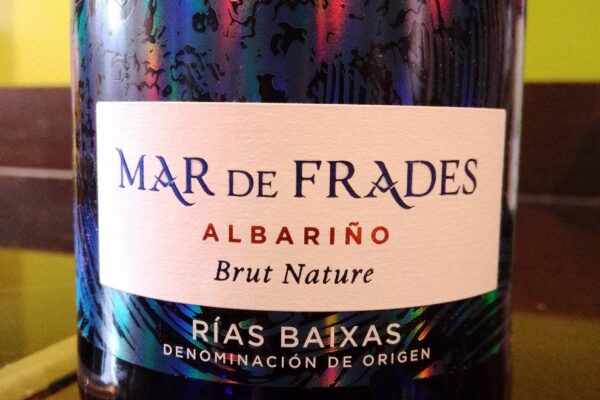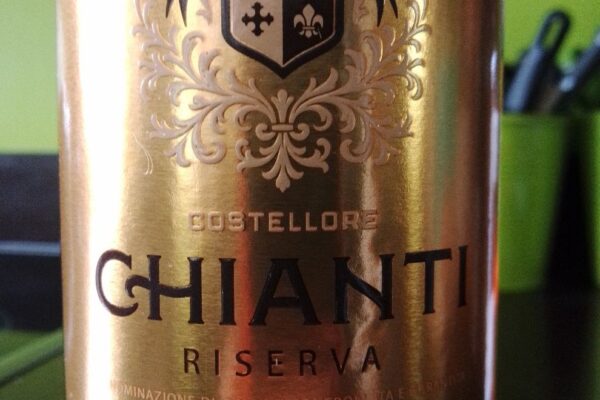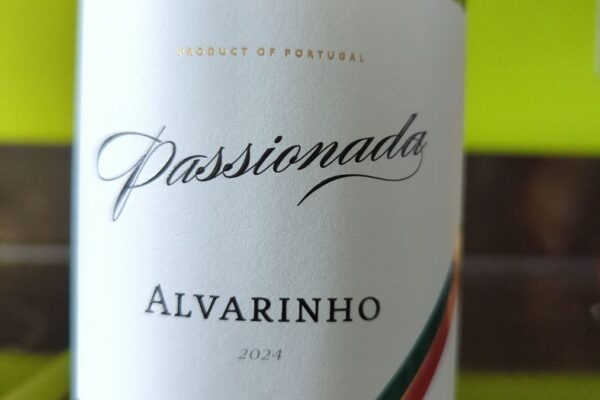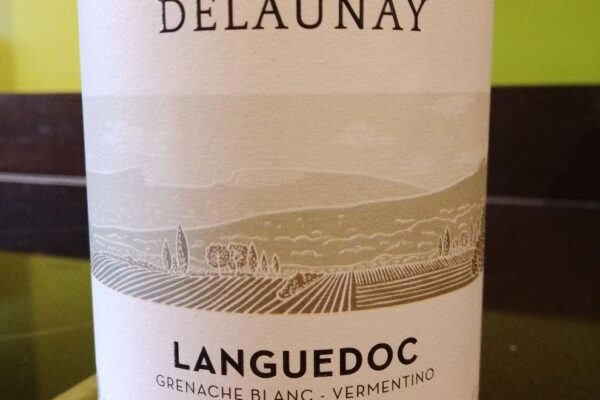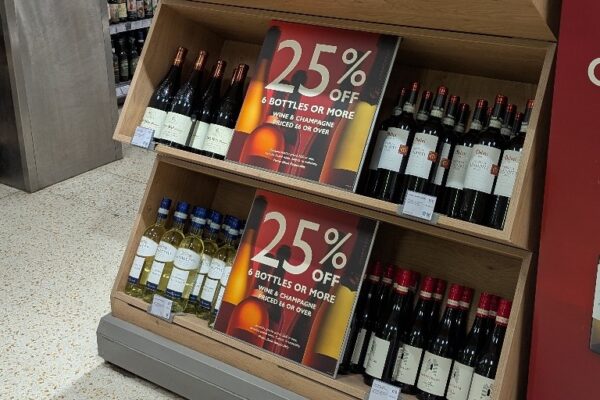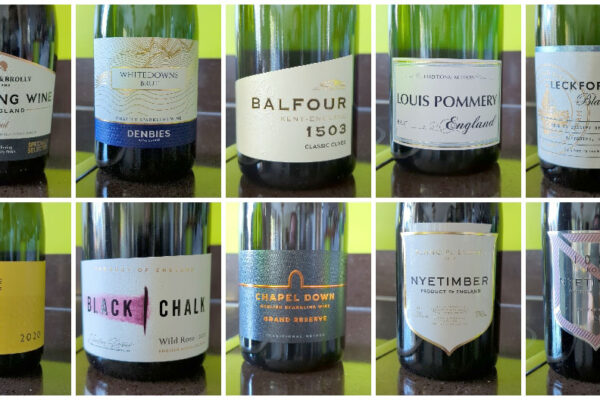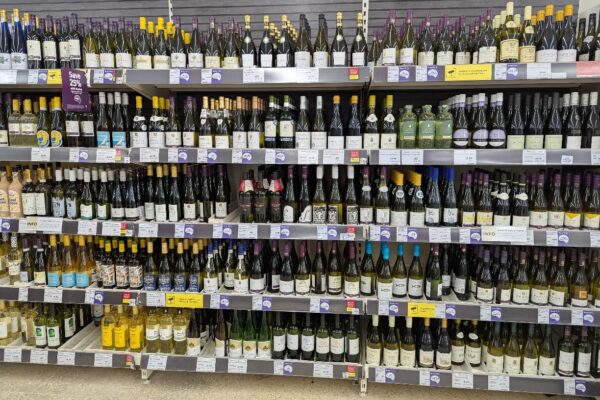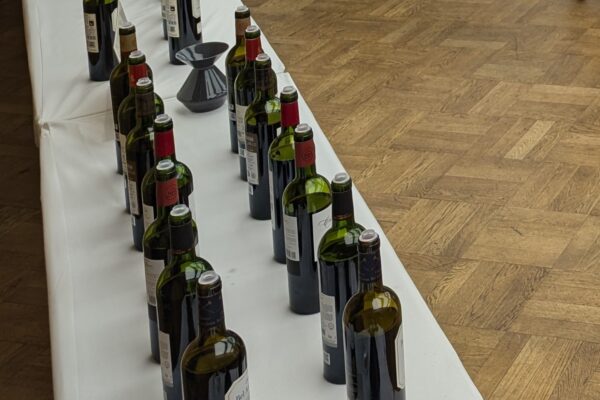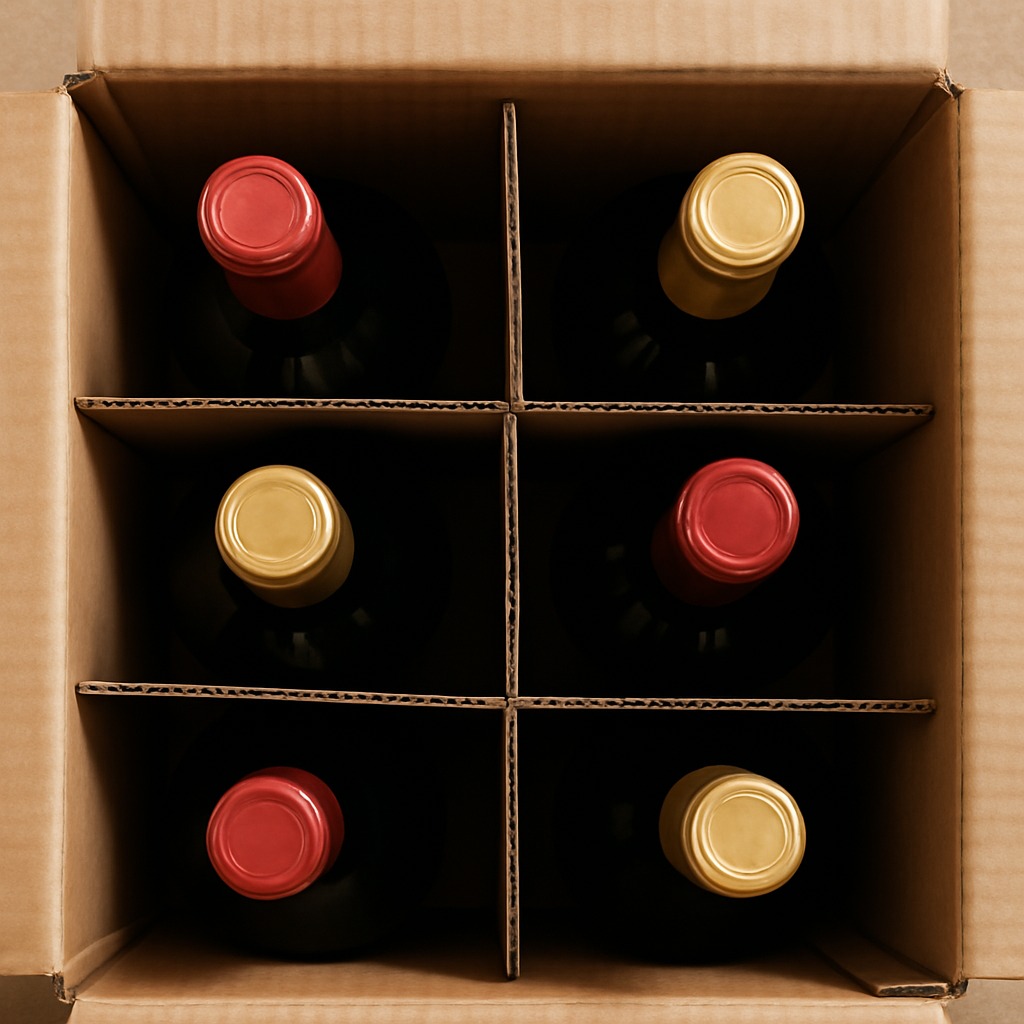
An article by Freddie Joosten in Drinks Retailing News outlines the upcoming Extended Producer Responsibility (EPR) scheme, which takes effect in April 2025 and will change how wine and spirit businesses handle packaging waste costs.
Under EPR, companies must pay the full net costs of collecting and recycling all packaging types they use. This includes packaging at every level, primary, secondary, tertiary and shipment packaging. The financial burden could be considerable, especially for small and medium enterprises and independent retailers, who may lack the resources to absorb or pass on the new costs easily.
For wine businesses, this could lead to a noticeable price difference between a glass of wine and a bottle. Hospitality venues serving wine by the glass may be exempt from EPR fees, provided they can prove those sales are direct to the consumer. However, if wine is sold by the bottle it will likely incur EPR fees.
This creates a scenario, for the hospitality venue, where the effective cost price a bottle of wine could become more expensive than a glass due to the additional packaging costs. This, combined with the usual lower price for the consumer buying by bottle, could distort the market, creating more of an incentive for venues that focus on selling wine by the glass rather than by the bottle.
The uncertainty around final costs, which won’t be confirmed until July 2025, means businesses will struggle to price their products accurately in the short term. Eventually, less-recyclable packaging will attract higher fees, further influencing how wine is packaged and sold. Until then, consumers may see rising prices for bottles of wine as businesses begin to anticipate and manage their EPR obligations.




